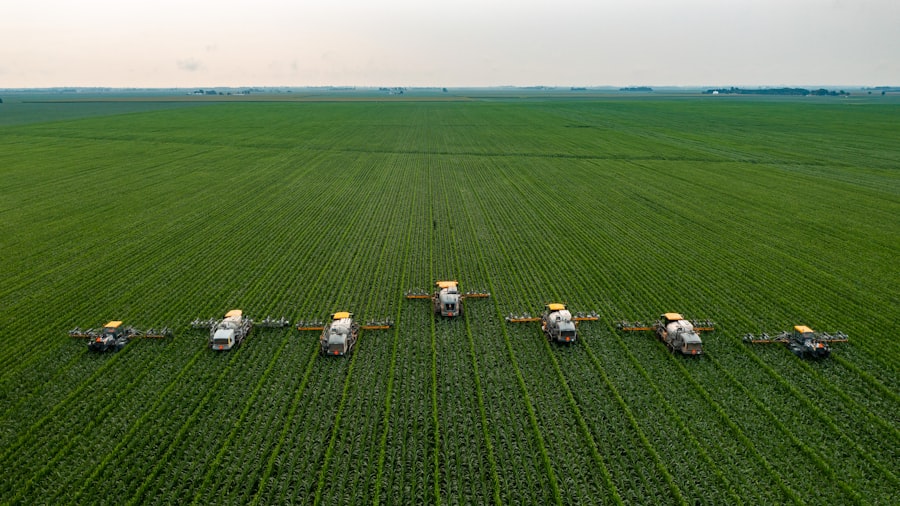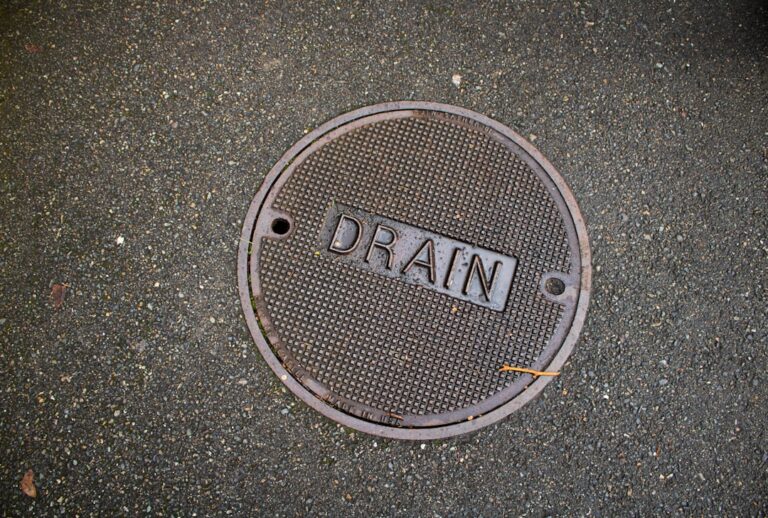The advent of metallurgy marked a pivotal moment in human history, particularly in the realm of agriculture. The transition from the Stone Age to the Bronze Age, and subsequently to the Iron Age, brought about significant changes in agricultural practices that would shape societies for millennia. Bronze, an alloy primarily composed of copper and tin, emerged around 3300 BCE in various parts of the world, including the Near East and China.
This new material allowed for the creation of more durable and effective tools, which revolutionized farming techniques. The introduction of iron, which began to dominate around 1200 BCE, further transformed agricultural practices by providing even stronger and more versatile implements. The significance of these metals extends beyond mere tool-making; they symbolize a broader shift in human civilization.
As societies began to harness the power of bronze and iron, they experienced increased agricultural productivity, which in turn supported population growth and urbanization. The ability to cultivate land more efficiently allowed communities to thrive, leading to the establishment of complex social structures and trade networks. Understanding the role of bronze and iron in early agriculture is essential for grasping how these innovations laid the groundwork for modern civilization.
Key Takeaways
- Bronze and iron played a crucial role in early agriculture, revolutionizing farming practices and leading to significant advancements in food production.
- Bronze tools were initially used in agriculture for their durability and ability to efficiently clear land, plant seeds, and harvest crops.
- The transition to iron tools in agriculture marked a significant shift, as iron was more readily available and could be sharpened to a finer edge, making it more effective for tasks such as plowing and tilling soil.
- The use of bronze and iron tools in agriculture had a profound impact on early agricultural societies, leading to increased food production, population growth, and the development of more complex social structures.
- The technological advancements in agriculture with the use of bronze and iron tools laid the foundation for future innovations in farming, shaping the way food was produced and contributing to the development of civilizations.
The Use of Bronze Tools in Agriculture
Bronze tools represented a significant advancement over their stone predecessors. The introduction of bronze plows, sickles, and hoes allowed farmers to till the soil more effectively and harvest crops with greater ease. For instance, bronze plows were designed with sharper edges and greater durability than wooden or stone plows, enabling farmers to break up tougher soil and cultivate larger areas.
This efficiency not only increased crop yields but also reduced the labor required for farming, allowing communities to allocate resources toward other activities such as trade, craftsmanship, and governance. Moreover, the use of bronze tools facilitated the cultivation of a wider variety of crops. With improved implements, farmers could engage in more intensive agriculture, leading to the domestication of new plant species.
For example, regions that previously relied on subsistence farming began to experiment with cash crops, which could be traded for goods and services. This shift not only diversified diets but also contributed to economic growth within agricultural societies. The ability to produce surplus food became a cornerstone of early civilizations, fostering trade relationships and cultural exchanges that would shape human history.
The Transition to Iron Tools in Agriculture

The transition from bronze to iron tools marked another significant leap in agricultural technology. Iron, being more abundant than copper and tin, allowed for the mass production of tools at a lower cost. The development of iron smelting techniques around 1200 BCE enabled societies to create stronger and more resilient agricultural implements.
Iron plows, for instance, could penetrate harder soils that bronze tools struggled with, making previously unarable land cultivable. This capability was particularly important in regions with challenging terrains or poor soil quality. The introduction of iron tools also coincided with advancements in agricultural techniques.
Farmers began to adopt crop rotation and other methods that maximized land use efficiency. The durability of iron tools meant that they could withstand the rigors of farming over extended periods without significant wear or damage. As a result, agricultural productivity soared, leading to increased food security and population growth.
The ability to cultivate land more effectively not only supported larger communities but also encouraged migration as people sought fertile lands for farming.
Impact of Bronze and Iron Tools on Early Agricultural Societies
The impact of bronze and iron tools on early agricultural societies was profound and multifaceted. With the advent of more efficient farming practices came the ability to support larger populations. As food production increased, communities could sustain themselves more effectively, leading to urbanization as people congregated in larger settlements.
This shift laid the foundation for complex social hierarchies and governance structures as societies became more organized. Additionally, the surplus generated by improved agricultural practices facilitated trade between communities. Regions that specialized in certain crops or goods could exchange their products with neighboring areas, fostering economic interdependence.
This exchange not only enriched local economies but also promoted cultural interactions among diverse groups. The rise of trade networks contributed to the spread of ideas, technologies, and innovations across vast distances, further enhancing societal development.
Technological Advancements in Agriculture with the Use of Bronze and Iron
The technological advancements brought about by bronze and iron tools extended beyond mere implements; they encompassed a range of innovations that transformed agricultural practices. For instance, the development of irrigation systems became more feasible with stronger tools that could dig canals and maintain water flow effectively. Societies began to harness natural water sources to support crop growth, leading to increased yields and more reliable food supplies.
Moreover, the ability to create specialized tools for specific tasks revolutionized farming efficiency. For example, sickles made from bronze or iron allowed for quicker harvesting of grains compared to traditional methods using stone tools. This specialization not only improved productivity but also allowed farmers to focus on different aspects of agriculture simultaneously.
As a result, communities could diversify their agricultural output, leading to a richer variety of crops available for consumption and trade.
The Legacy of Bronze and Iron in Early Agriculture

The legacy of bronze and iron in early agriculture is evident in the foundational changes they brought about in human society.
The ability to produce surplus food led to population growth, urbanization, and the establishment of complex societies characterized by trade networks and cultural exchanges.
Furthermore, the principles established during this period continue to influence modern agricultural practices.
Innovations such as mechanized plowing and advanced irrigation systems can trace their roots back to the foundational advancements made during the Bronze and Iron Ages.
As we reflect on this legacy, it becomes clear that the transition from stone to metal tools was not merely a technological shift; it was a transformative moment that reshaped human civilization and laid the groundwork for future advancements in agriculture and beyond.
In exploring the development of early agriculture, the transition from the use of bronze to iron tools marks a significant advancement in human history. This shift not only improved agricultural efficiency but also had profound implications on societal structures and economies. For a deeper understanding of how knowledge and technological advancements shape societies, you might find the article on India as an object of knowledge insightful. It delves into the complexities of how knowledge is constructed and perceived in different cultural contexts. You can read more about it in this related article:






















+ There are no comments
Add yours